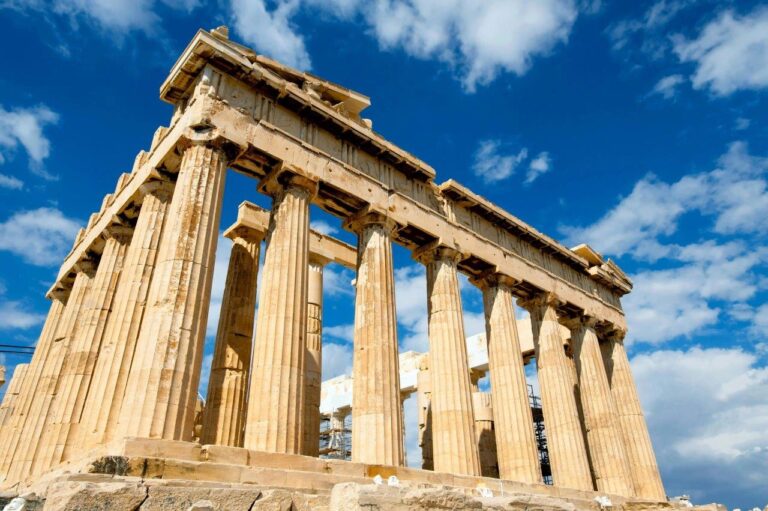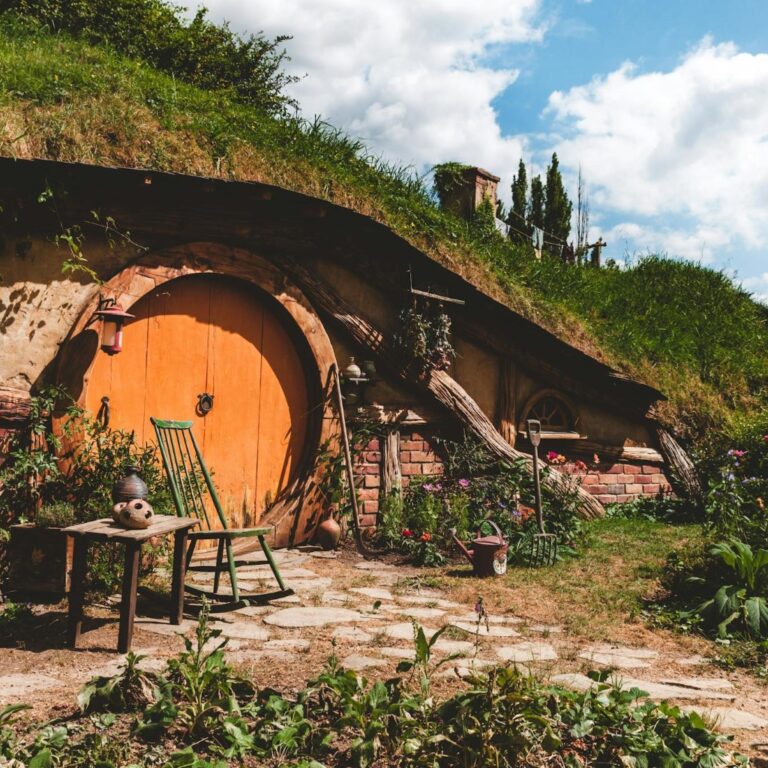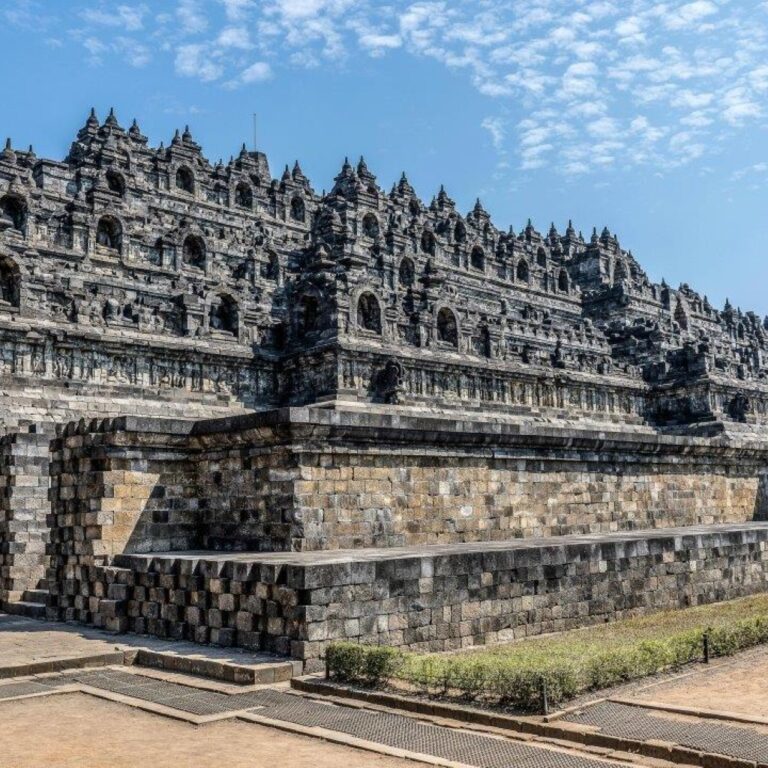Athens is one of the oldest cities in the world, with recorded history dating back over 3,400 years.
The city is named after Athena, the Greek goddess of wisdom and war, who according to mythology won the city's patronage over Poseidon.
The Acropolis, a UNESCO World Heritage Site, is home to several ancient buildings, including the Parthenon, which was completed in 438 BC.
Athens is often referred to as the cradle of Western civilization and the birthplace of democracy.
The city hosted the first modern Olympic Games in 1896 and again in 2004.
The Plaka neighborhood, located at the base of the Acropolis, is known for its narrow streets, neoclassical architecture, and lively atmosphere.
Athens has one of the largest collections of ancient ruins and artifacts in the world, with notable sites like the Temple of Olympian Zeus and the Ancient Agora.
The city's National Archaeological Museum is the largest archaeological museum in Greece and one of the most important in the world.
The Athens Metro system, inaugurated in 2000, not only serves as public transportation but also features displays of archaeological finds discovered during its construction.
The city is famous for its vibrant street art scene, with many neighborhoods showcasing impressive murals and graffiti.
Athens has a Mediterranean climate, with hot, dry summers and mild, wet winters.
The city's Syntagma Square is the political and social heart of Athens, home to the Hellenic Parliament and the site of many public gatherings and events.
Athens is known for its delicious cuisine, with traditional dishes like souvlaki, moussaka, and baklava being popular among locals and tourists.
The Lycabettus Hill, the highest point in Athens, offers panoramic views of the city and is a popular spot for hiking and sightseeing.
The city has a thriving nightlife, with numerous bars, clubs, and live music venues offering entertainment until the early hours of the morning.


